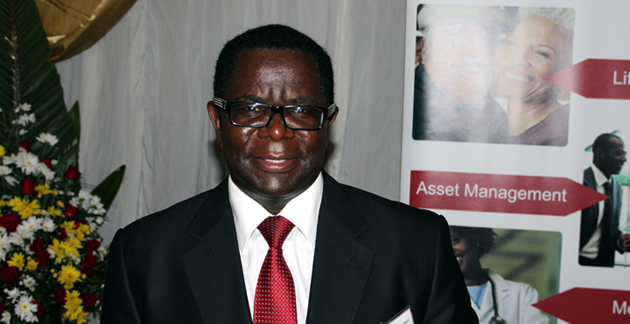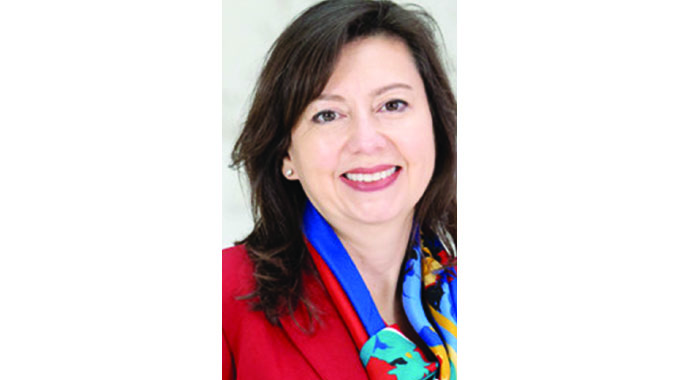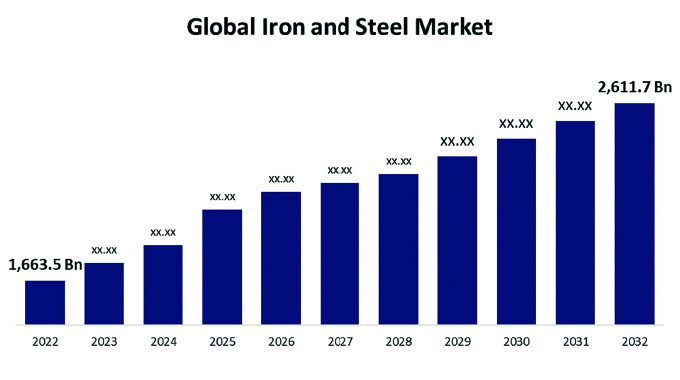Stands boost Fidelity’s income

Conrad Mwanawashe : Business Reporter
FIDELITY Life Assurance Company’s total income for the year ended December 31, 2015 rose by 36 percent to $52,1 million driven by revenue from the sale of stands at its Southview Park project. Revenue from the sale of stands at $27,5 million jumped 51 percent following a price increase from $9 250 to $14 400. The movement in price was because Fidelity was now selling developed stands.Premium income rose to $16,6 million in the 12 months to December from $16,1 million in the comparative period prior year.
Managing director Mr Simon Chapereka said based on the experience learnt under the Southview Park, the company is poised for better returns going forward, mostly premised on the development of Langford into 11 000 stands.
When shareholders approved FLA’s acquisition of 81 percent of the estate in a land for debt swap deal last year, the group forecast to make more than $200 million profit before tax from the sale of the 11 000 residential stands at $14 400 each.
He said FLA expects to invest about $50 million in development costs.
In a presentation at the company’s media and analysts briefing on the year to December 2015 yesterday, Mr Chapereka said under the Southview Park project, to date, the full 5 300 stands that were on offer have been sold while development is about 84 percent complete and is on track to be completed by June this year.
He said what is encouraging from the project is that the default rate is only 1 percent.
Mr Chapereka said as the economy is expected to fare worse in the current year due to the worsening socio economic conditions, the group will intensify its efforts to realign costs and cost structures.
“Langford Estates is expected to yield a minimum of 11 000 residential stands and development is expected to begin once all planning approvals have been obtained,” he said.
Apart from having to deal with internal issues such as costs build-up, some of the critical challenges Fidelity has to grapple with include low disposable incomes as a result of the tight liquidity. This reduces the group’s target market’s purchasing power, making products more expensive.
The operating environment continues to be challenging and the economy has remained largely import-based which has the negative effect on the country’s manufacturing base.
Any attack on the manufacturing base will result in a shake-up of Fidelity’s target markets as it causes company closures and retrenchments.
The increasing informalisation of the Zimbabwean economy is also a matter the group has to deal with and may be forced to redefine its target market and come up with appropriate products that can tap into the informal market.








Comments